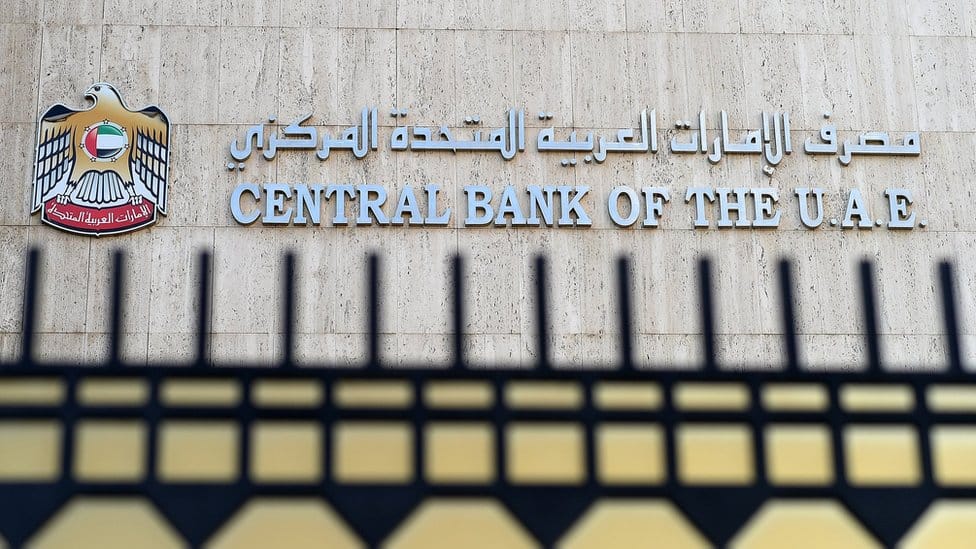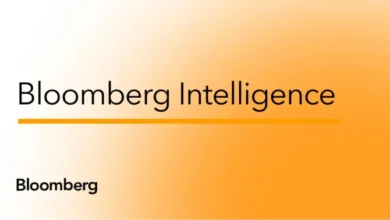The framework sets forth the necessary conditions for the participation of startups, existing companies, and tech firms aiming to offer innovative solutions and services in the financial services sector.
It also outlines criteria for exempting participants from licensing requirements, allowing them to experiment and test innovative business models, financial products, and services for a specified period while adhering to regulatory requirements to ensure optimal outcomes for all stakeholders.
This framework enables the central bank to proactively and effectively assess and respond to innovations as part of its supervisory activities, while participants can structure their operations in compliance with regulatory systems.
Interested participants must present an innovative financial product, service, solution, or business model that utilizes advanced technologies and benefits consumers and the sector. The proposed service should also be scalable within the UAE after the trial phase.
His Excellency Khaled Mohamed Balama, Governor of the CBUAE, stated: “The issuance of the regulatory sandbox framework reflects the UAE’s continuous efforts to foster innovation and build a knowledge-based national economy.”
He added, “We aim to encourage innovators to contribute positively to economic development and actively participate in the new system within a regulated environment, ensuring appropriate safeguards to protect consumers and serve the interests of all stakeholders involved.”











